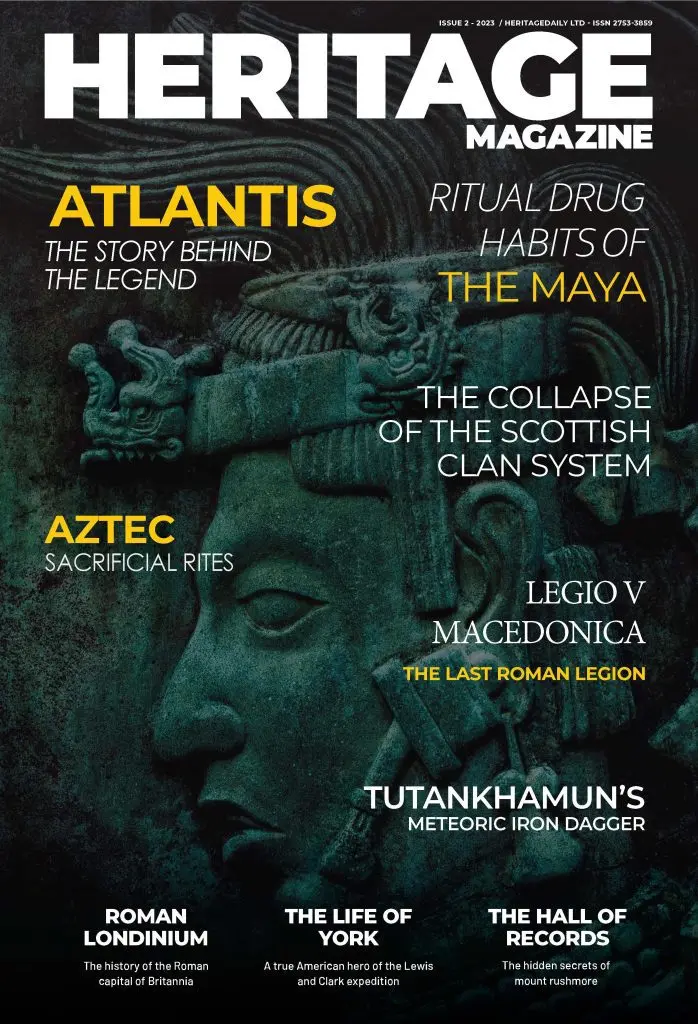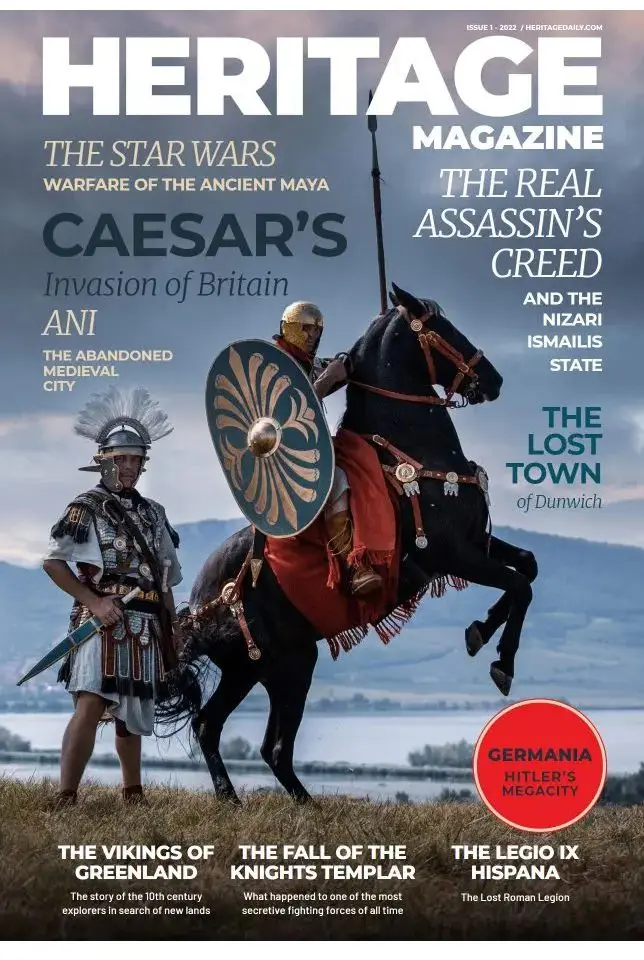‘A re-evaluation of manner of death at Roman Herculaneum following the AD 79 eruption of Vesuvius’.
Residents of Herculaneum fleeing the devastating eruption of Vesuvius in AD 79 had a slower death than previously believed, analysis reveals.
Many took refuge in fornici, vaulted stone boathouses along the beachfront. Unable to escape, at least 340 individuals perished in these chambers and on the beach. They were killed by the pyroclastic flow from the eruption—clouds of gasses released by a volcano that can reach speeds of 700 km/h and 1,000 °C.
“They hid for protection, and got stuck,” said Tim Thompson, a Professor of Applied Biological Anthropology at Teesside University. “The general theory has been that these individuals were instantly vaporised.”
However, new research, published in Antiquity, challenges this interpretation. Professor Thompson was part of an international team that re-examined the victims’ skeletons, revealing their structure and remaining collagen was inconsistent with vaporisation.
Instead, it seems the victims baked on the outside, but their insides remained less affected. “The heat causes some changes externally,” Professor Thompson added, “but not necessarily internally to the bones”.
This baking seems to have occurred because the pyroclastic flow was cooler than expected—likely less than 400 °C. The fornici and their soft tissue also offered some insulation from the extreme heat. Instead of being instantly vaporised they may have suffocated from the toxic fumes.
Victims of Vesuvius
The eruption of Mount Vesuvius in AD 79 is one of the most famous natural disasters in world history. Ash and pumice buried the Roman town of Pompeii, preserving it as an incredible archaeological site. Meanwhile, pyroclastic flows destroyed the nearby coastal town of Herculaneum. It was believed that these vaporised the flesh of many townspeople, including those taking refuge in the town’s fornici. However, an international team of researchers have challenged this interpretation “Vaporisation isn’t necessarily in keeping with what we see forensically in modern volcanic eruptions,” said Professor Thompson, a member of the team re-examining the skeletons.
The team examined the structure of the bone and the collagen within. Their results, published in Antiquity, reveal that the bodies were not exposed to temperatures as extreme as expected, suggesting the victims of Vesuvius were not instantly vaporised. Instead, they may have lived long enough to suffocate from the toxic fumes of the pyroclastic flow.
Fleeing to fornici
Roman Herculaneum was the wealthier coastal neighbour of Pompeii. When Vesuvius
erupted, many residents took advantage of this and attempted to escape via sea. This provides a unique view of the disaster.
“The residents saw the eruption and had a chance to attempt an escape,” said Professor Thompson. “It gives a snapshot into the way in which these people responded and reacted to the eruption.”
Despite this, hundreds of people were still stranded on the waterfront at Herculaneum when it was destroyed. Many took refuge in the nearby stone “boat houses”, or fornici, but this provided little protection against the scalding volcanic cloud. Since their discovery in 1980, the skeletons of at least 340 individuals have been discovered on the beach and in the fornici.

Collagen: Not just for skincare
As a pyroclastic flow destroyed Herculaneum it was thought the soft tissue of people in the fornici was vaporised, killing them instantly. Previous work by Professor Thompson and some of the researchers involved in this latest research had made new discoveries about how this would affect the human body. This information offered a chance for them to finally test the vaporisation explanation at Herculaneum. They had found that the crystalline structure of bone changes depending on the heat it was exposed to and the amount of collagen remaining sheds light on the manner of the heating.
Testing Vesuvius victims
Armed with this knowledge about how volcanic activity impacts the bones of its victims, tests for detecting these changes were carried out on the ribs of 152 individuals from the fornici. This revealed they did not match the patterns expected if they had been exposed to extremely high temperatures (over 300 – 500 °C).
“What was interesting was that we had good collagen preservation but also evidence of heat-induced change in the bone crystallinity”, said Professor Thompson, “We could also see that the victims had not been burned at high temperatures.”
Although this find challenges previous ideas about the Vesuvius victims, the discovery hasalso opened up new avenues for research. “Thanks to the collagen preservation in the bones of the Herculaneum victims, we have been able to commence a whole suite of further analyses,” added Professor Oliver Craig from the University of York, who was also involved in this research, “For example, through stable isotope measurements we have gained a unique snapshot of Roman diet”.
Tragic revelations
Whilst the preservation of collagen may be useful for science, it has tragic implications for the victims of Vesuvius. Several factors may help explain why the people taking refuge i the fornici experienced lower temperatures than expected. Firstly, the pyroclastic flow may have been relatively cool, with some estimates suggesting it was only 240 °C. The fornici may have also provided some insulation, further lowering the temperature people were exposed to.
“The walls of the fornici, as well as their own body mass, dispersed the heat in the boathouses,” said Professor Thompson, “creating a situation that more closely relates to baking.”
This would preserve the bones in the manner the researchers documented. However, it would also mean the victims were not instantly killed and may have survived long enough to be overwhelmed by the toxic fumes from the pyroclastic flow. This discovery serves to highlight the tragic circumstances of those caught in this ancient disaster.
‘A re-evaluation of manner of death at Roman Herculaneum following the AD 79 eruption of Vesuvius’ – Rachelle Martyn, Oliver Craig, Sarah Ellingham, Meez Islam, Luciano Fattore, Alessandra Sperduti, Luca Bondioli & Tim Thompson The article is published in Antiquity Volume 94, Number 373: https://doi.org/10.15184/aqy.2019.215
Header Image Credit : Matthias Holländer







